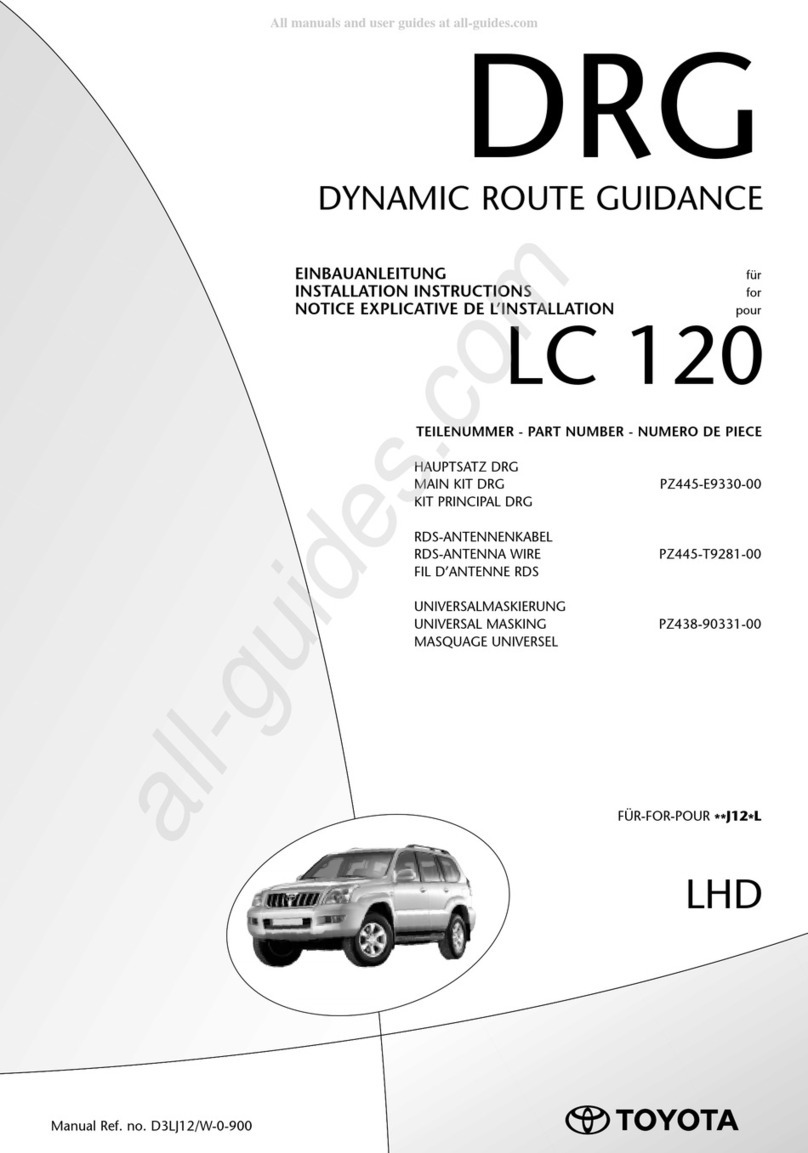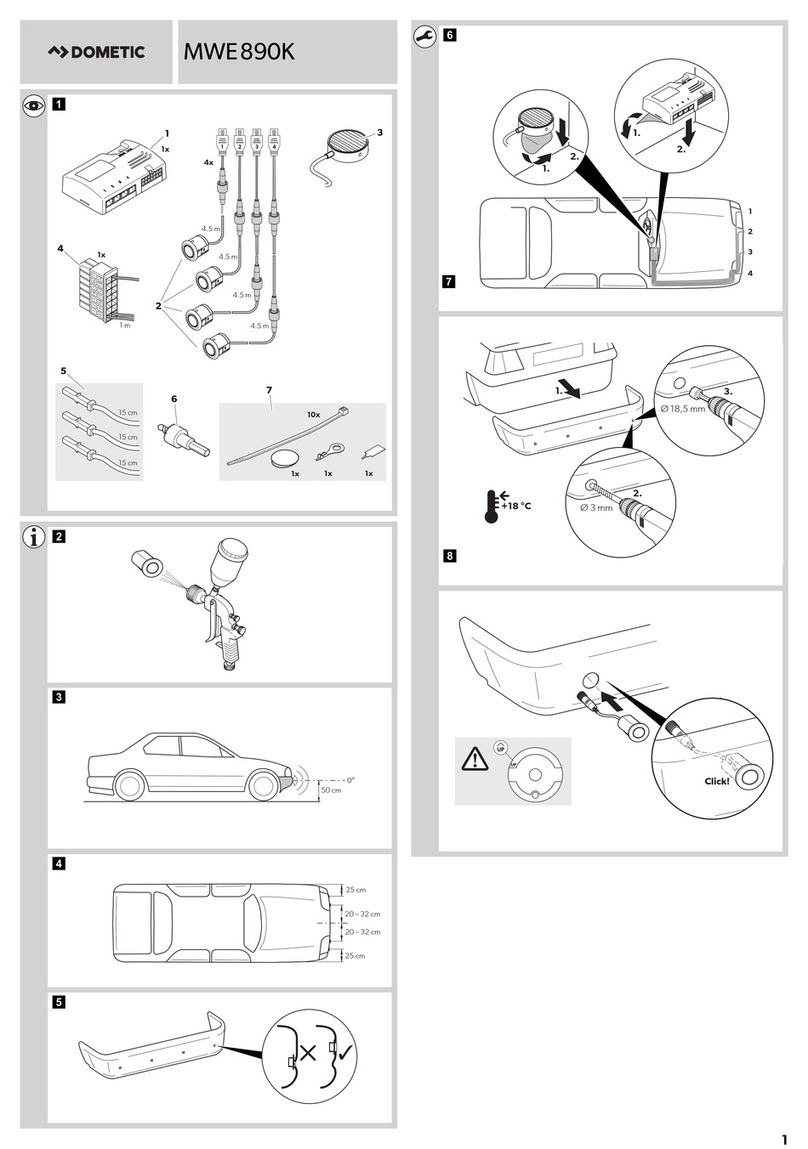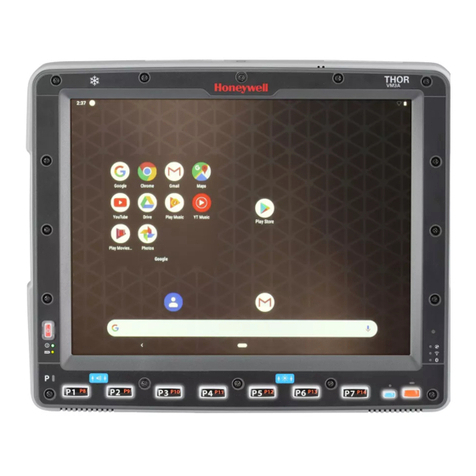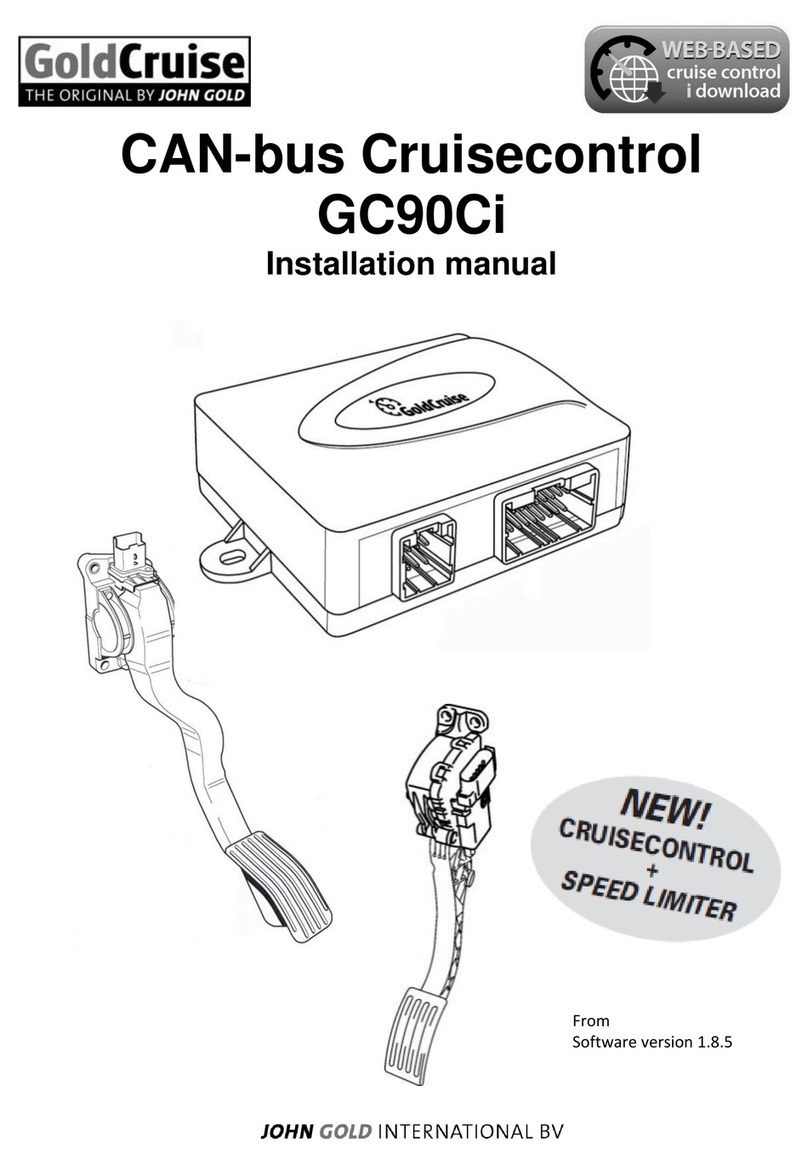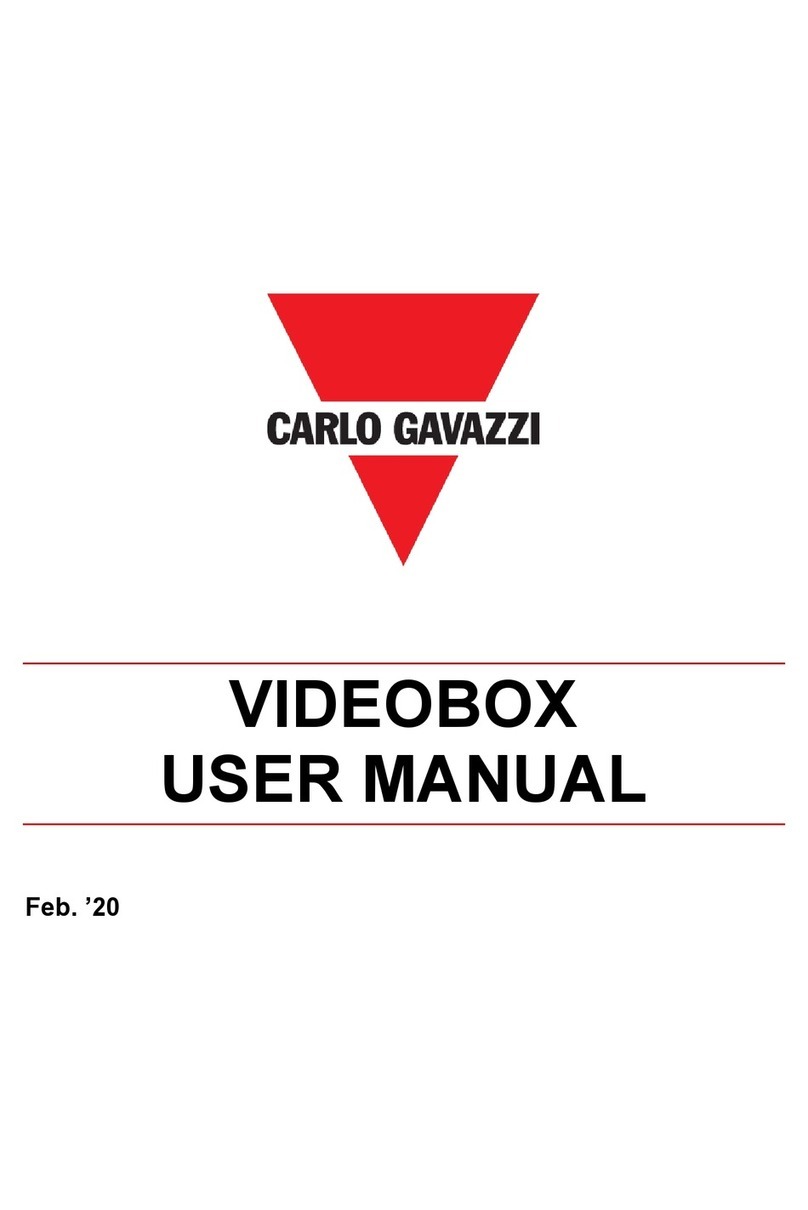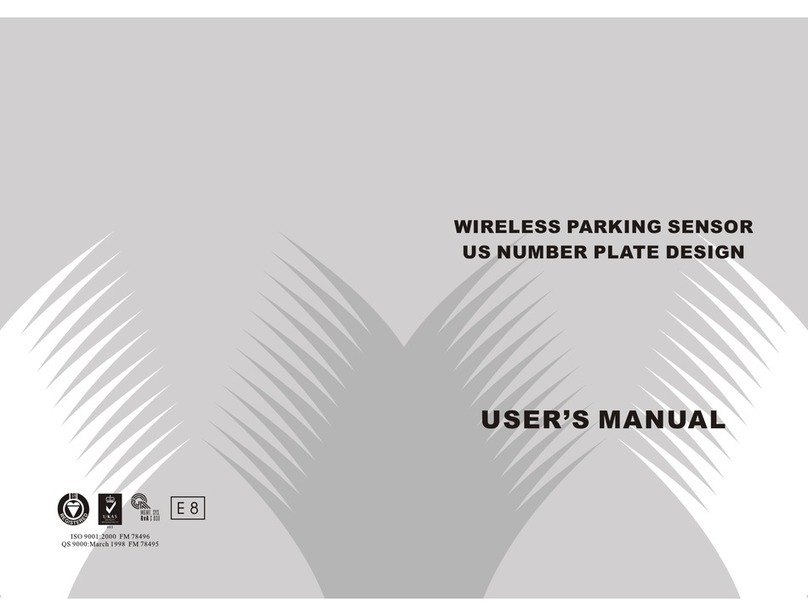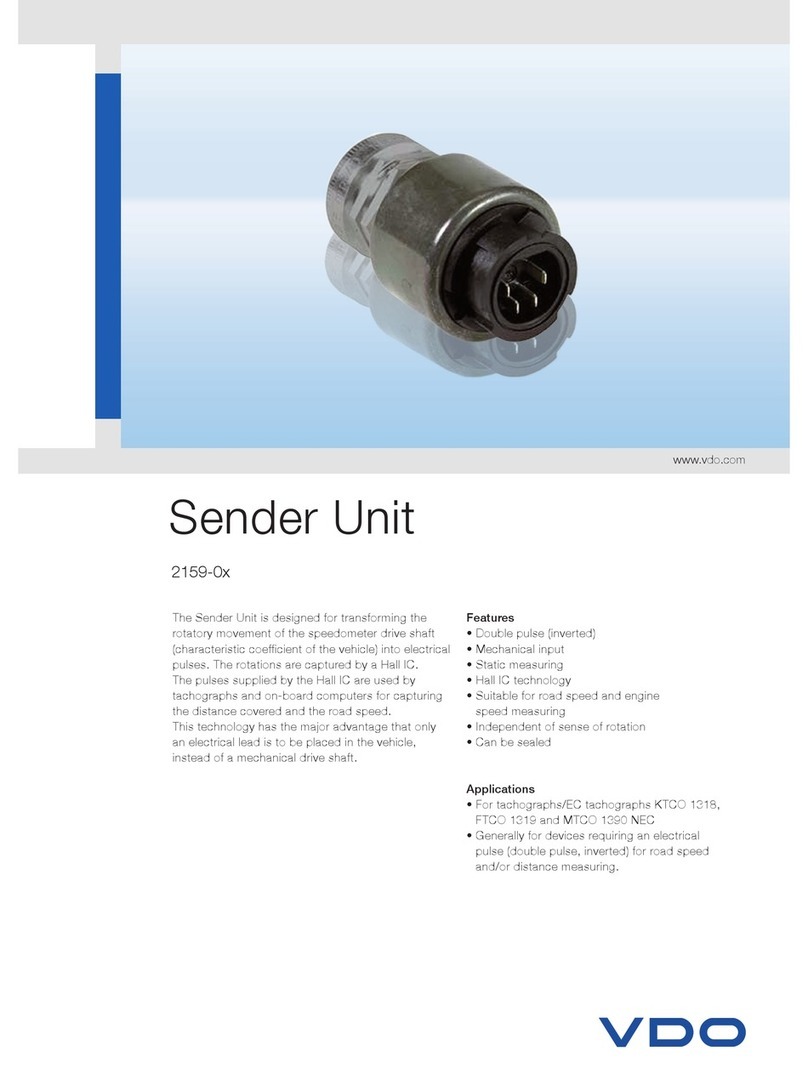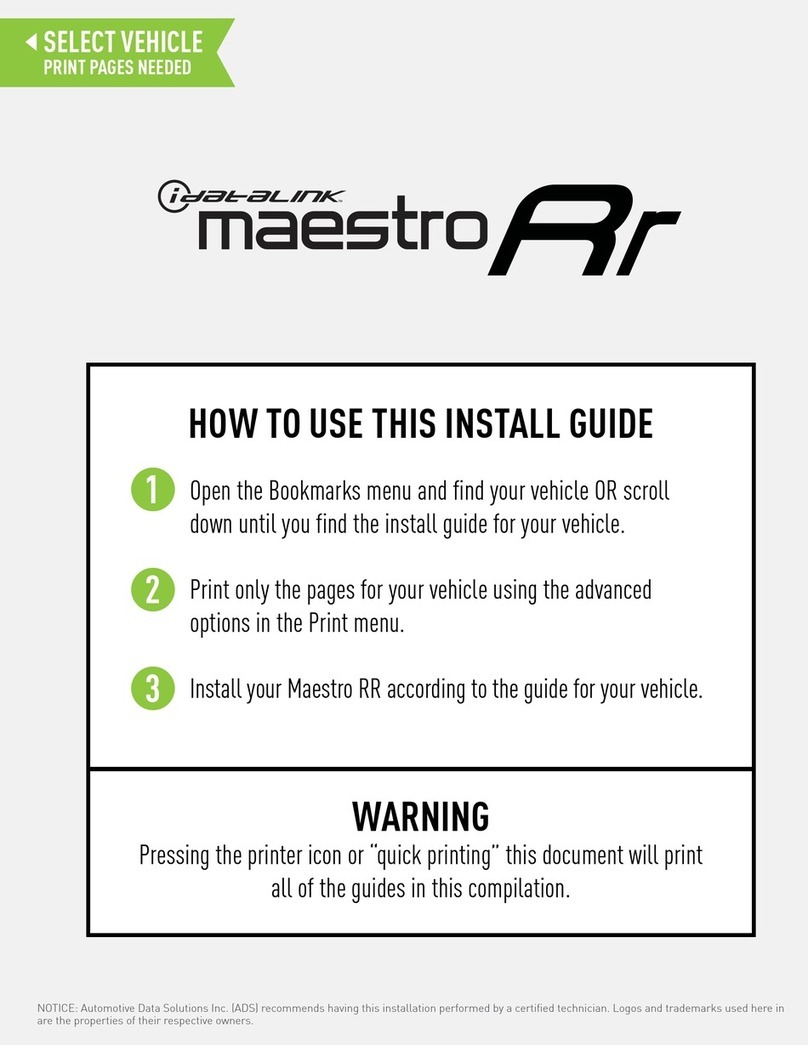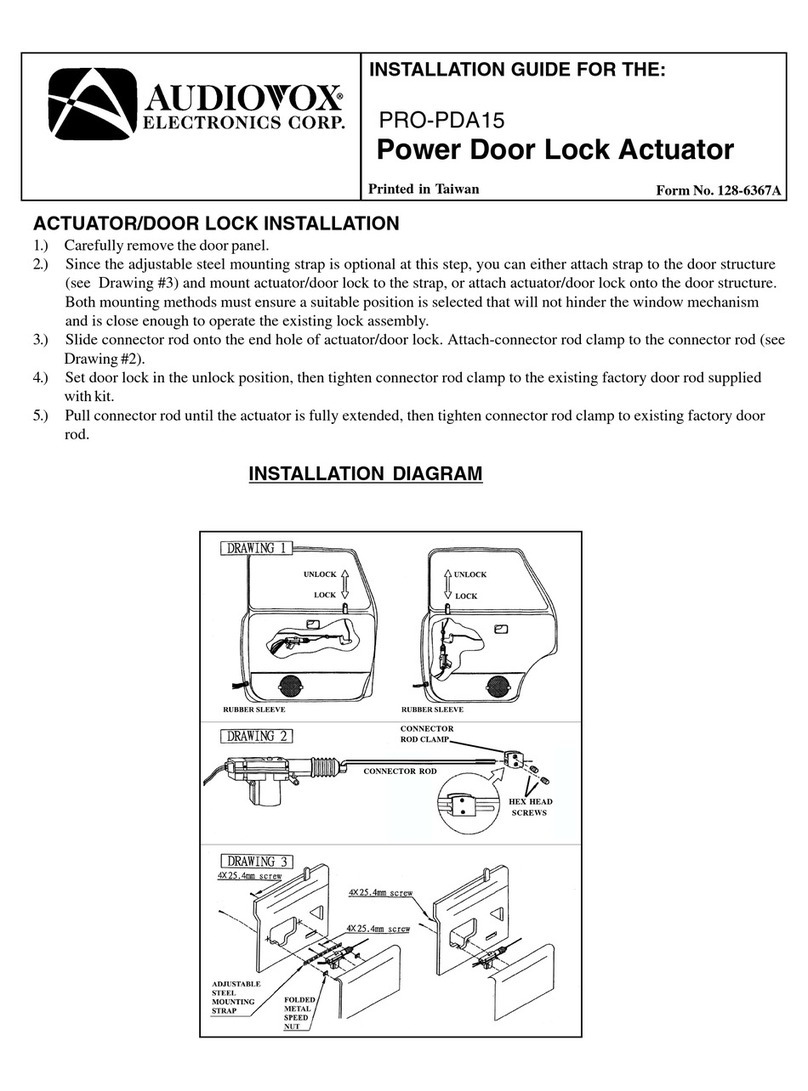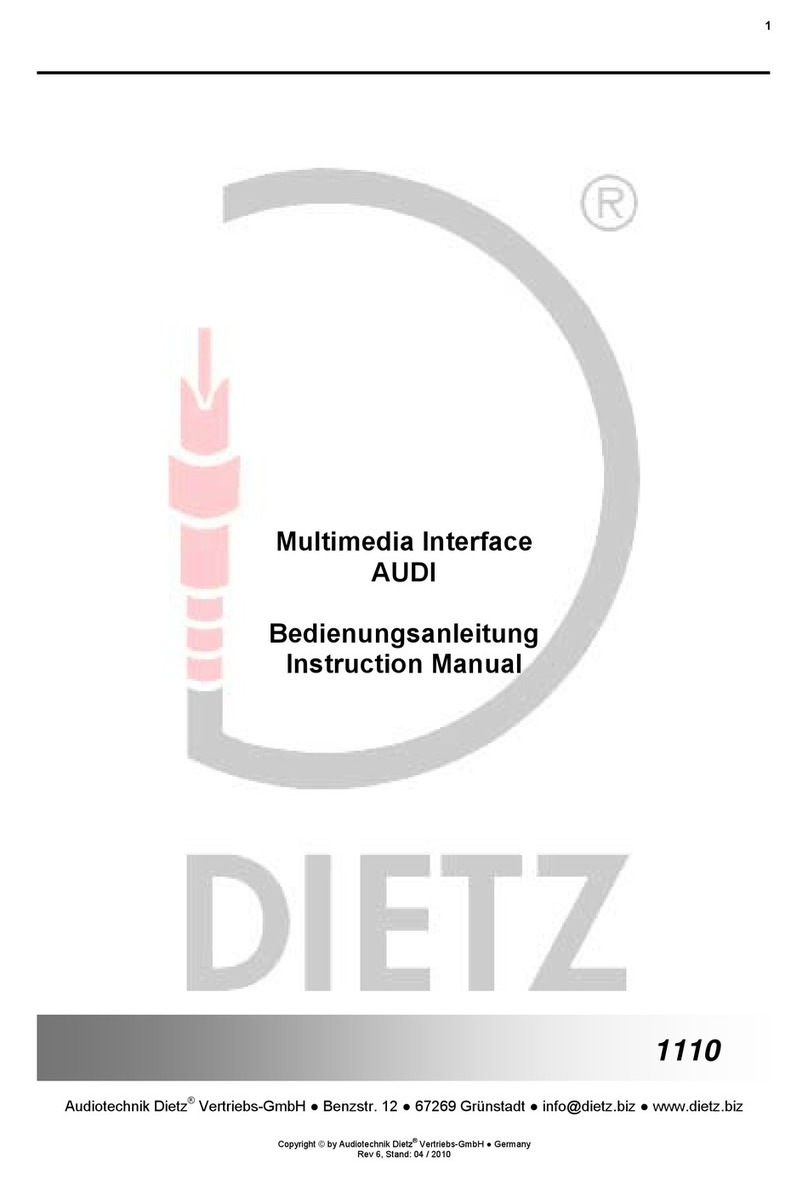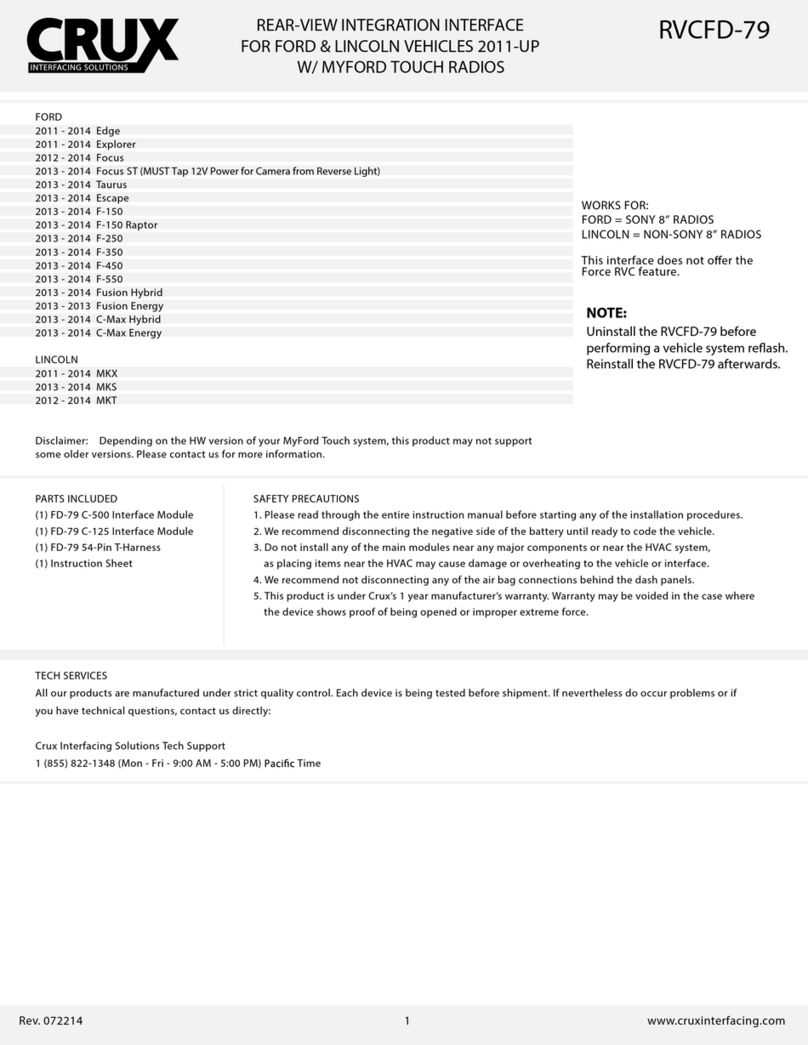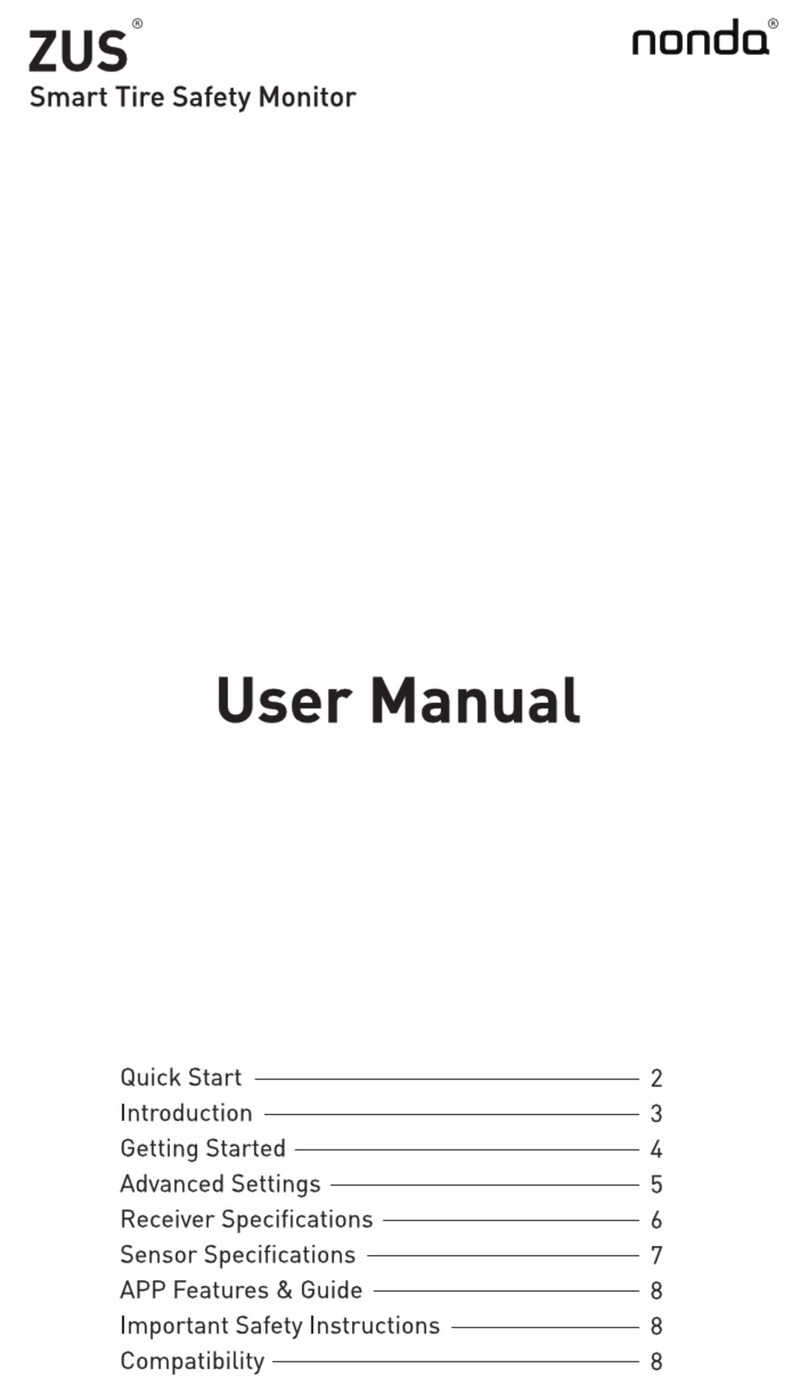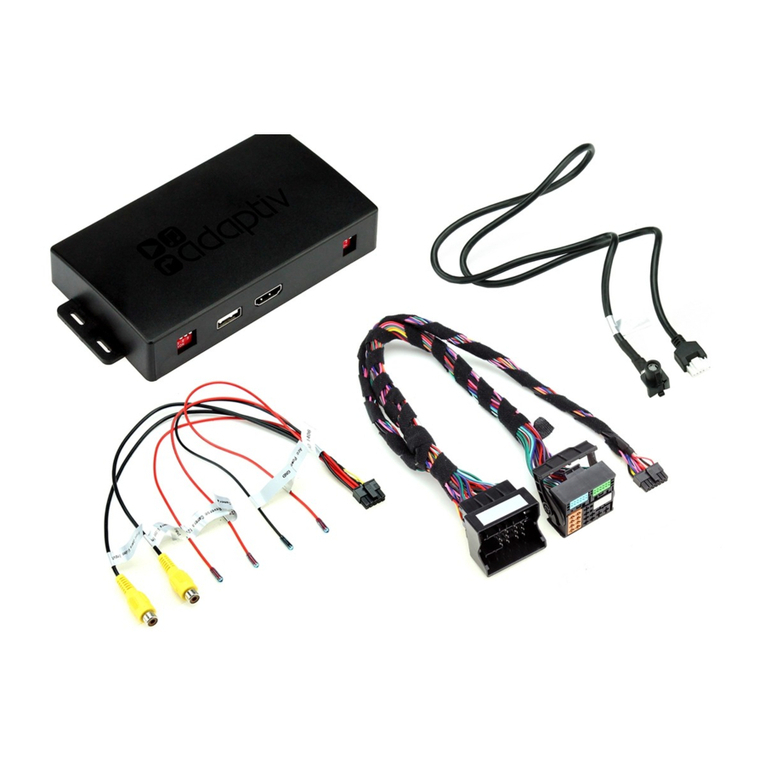Car Park 3 –Planning and design 2
Table of contents
List of abbreviations used in this manual.................................................................................................... 3
Introduction...................................................................................................................................................... 3
System description......................................................................................................................................... 4
Cabinet modules (DIN-rail mounted) ............................................................................................................ 4
Sensors .......................................................................................................................................................... 5
Displays.......................................................................................................................................................... 6
Planning a Dupline®Parking Guidance System (PGS)............................................................................ 7
1. Gathering information about the parking system................................................................................. 9
2. Lane, line and position......................................................................................................................... 10
Example ................................................................................................................................................... 10
3. Designing the placement of sensors, indicators, cable trays and cabinets......................................... 11
4. Addressing parking bays and displays ................................................................................................. 12
5. Designing the placement of the master channel generator ............................................................... 12
Rule of thumb.......................................................................................................................................... 12
6. Designing the placement of displays................................................................................................... 14
7. Designing the placement of cable trays and cabinets......................................................................... 14
Example 1: a one-floor system ................................................................................................................ 14
Example 2: a PGS for multiple floors....................................................................................................... 17
8. Combining lanes to a complete system............................................................................................... 19
9. UWP 3.0 platform for a complete system........................................................................................... 20
Further consideration................................................................................................................................... 20
Next Steps...................................................................................................................................................... 21
Installation and configuration ..................................................................................................................... 21
Software and Web server............................................................................................................................ 21
